BLOG #146 3/25/16
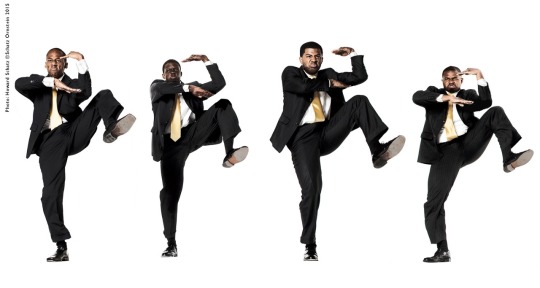
A while ago, when in Atlanta, Georgia for a commercial shoot, I had the wonderful opportunity to photograph a few dozen college students who represented their fraternities and sororities in a the kind of synchronized dance known as “Stepping.” The participants compete in stepping or step-dancing contests and performances at universities around the south.
The great energy and drill-team precision of stepping has long been a tradition of African-American fraternities and sororities.
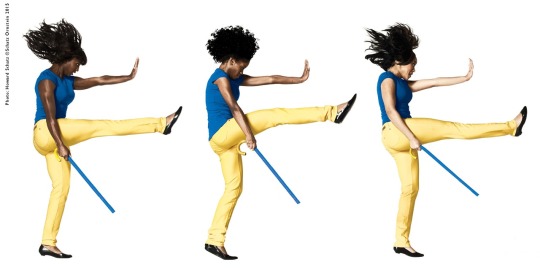
The dancers, usually in groups of three or more, use their bodies as instruments to produce complex percussive rhythms, then mix in spoken words, hand claps and faces.

Since the middle of the last century, the tradition of stepping, rooted within the competitive schoolyard song and dance rituals of African-Americans, primarily in the Southern United States, has been taken to a near professional level.
For the shoot I set up a stage, about two feet high so each “performer” would get the feeling that our studio shoot was a real performance. I’ve found that if I put any performer, dancer, actor, singer, etc. on an elevated stage, performance energy is significantly enhanced; i.e. the photographs become richer.
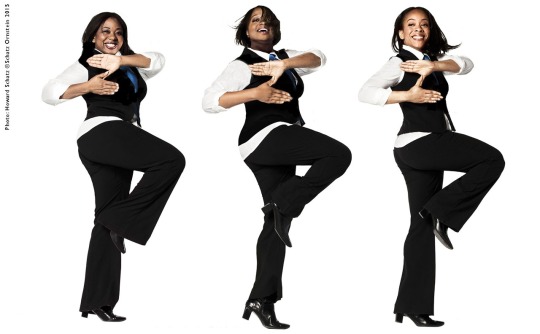
I asked the students to perform their routines. When making still photographs of someone dancing, it’s impossible to photographically capture great moments: there is a delay between seeing it, realizing it’s super and pressing the shutter. The moments are always missed; it is not the way to photograph dance. Dancers must perform for the moment more than the movement. It is crucial to determine the most photogenic moment and then have the dancers perform for that split second. With each group, I observed the entire routine and made notes with scribbled drawings to remind me of what to ask them to repeat.
Then I showed them the moves that I felt would make great photographs and we worked specifically on those. These were young college students, not professional dancers, so it was virtually impossible to achieve exact unison among three or four people in a given instant.

Companies of professional dancers work out their coordination using the mirrored walls of dance rehearsal studios, usually under the direction of a choreographer or ballet master. The constant feedback from observing themselves in the group, in mirrors, and from their director helps train dancers to move as one. Also within professional troupes, the body types are usually more similar than they were with the student steppers, so even when the groups were fairly precise, they sometimes appeared somewhat out of synch visually, and certainly the “almost-synched” moments were revealed in the frozen image that is a photograph.
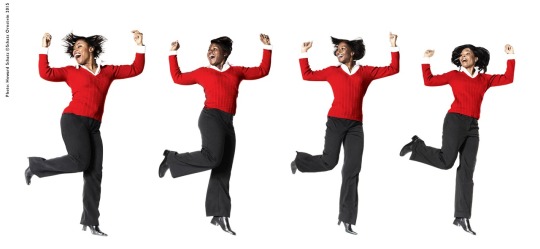
My challenge was to figure out what to do when every image I made had one or more steppers slightly out of perfect synchronization. One method was to shoot many images of the same move over and over and from those images choose the best “moment” for each dancer that was as close as possible to the others in their group. Then I could pick out those moments from each frame and composite them into one.
In a few cases I still couldn’t find four images that appeared the same, so I photographed each individual in the group separately doing the same movement, repeating and repeating until I knew I had “synchronized” images, or almost, from each. I then carefully created a single image of the group.
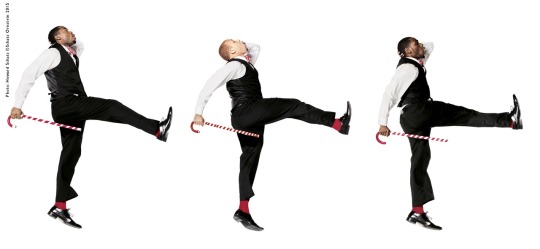
My day working with the student performers was a thrill. They wanted to make cool images as much as I did, and they worked hard doing so. There was a mood of mutual respect and cooperation, and a willingness to repeat physical effort over and over to near exhaustion.
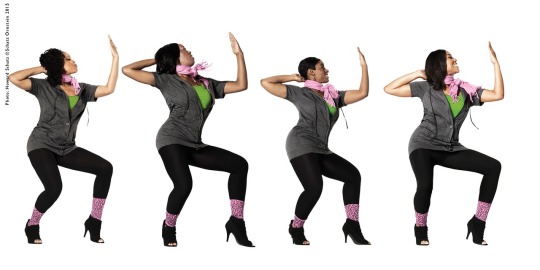
When we completed our work I made some individual images of a few of them.
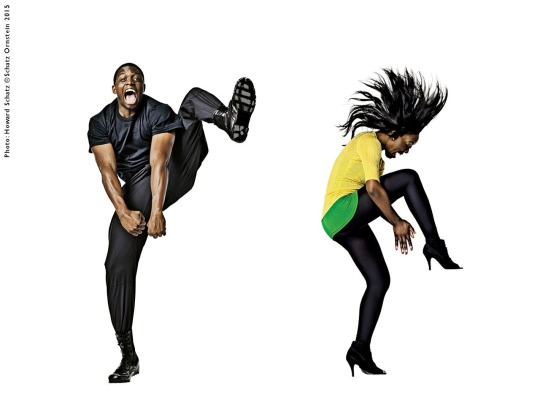
And, finally, I spent some time with one of the students, a very talented young woman named Alysia Carothers. We decided to make an image that said “Star.” I directed her to exude impossible energy. In this image I yelled, “Back! Back! Farther! More! More!” She heard me and kept leaning back, back… and then a completely marvelous accident occurred: her hat fell off and my finger was at the ready on the shutter.
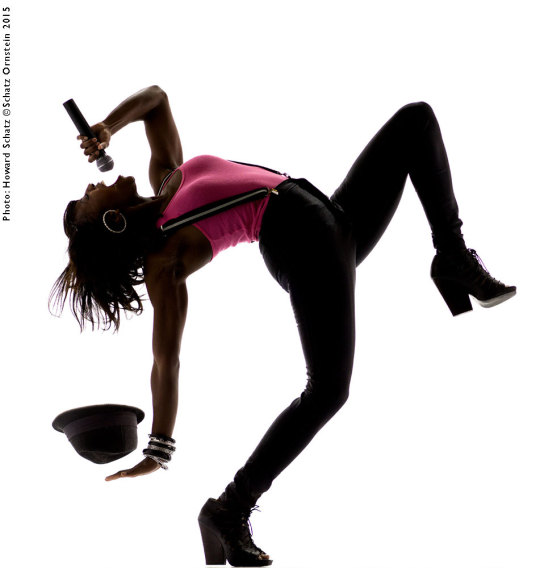
This image is included in my 25-year retrospective as well is on a cover of one of the pair of books in the two book boxed set.
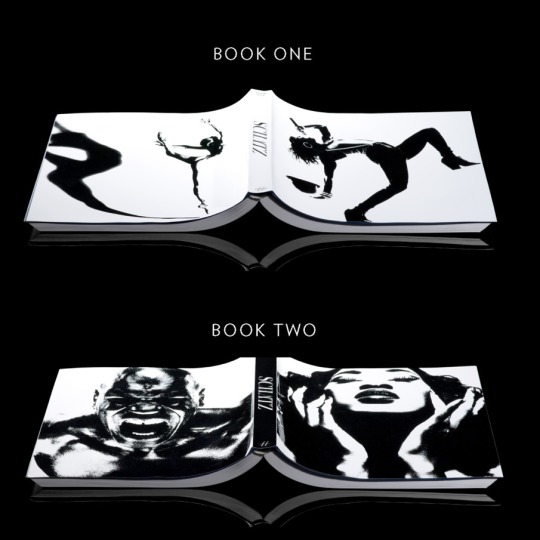
Glitterati Incoprorated, the publisher of the Retrospective, Schatz Images: 25 Years is now offering the two- book boxed set at a discount from the original price. The set comes with an 11″x14” print of the buyer’s choice.
Click here for information about the Retrospective:
http://schatzimages25years-glitterati.com
To view more of my work, visit my website.